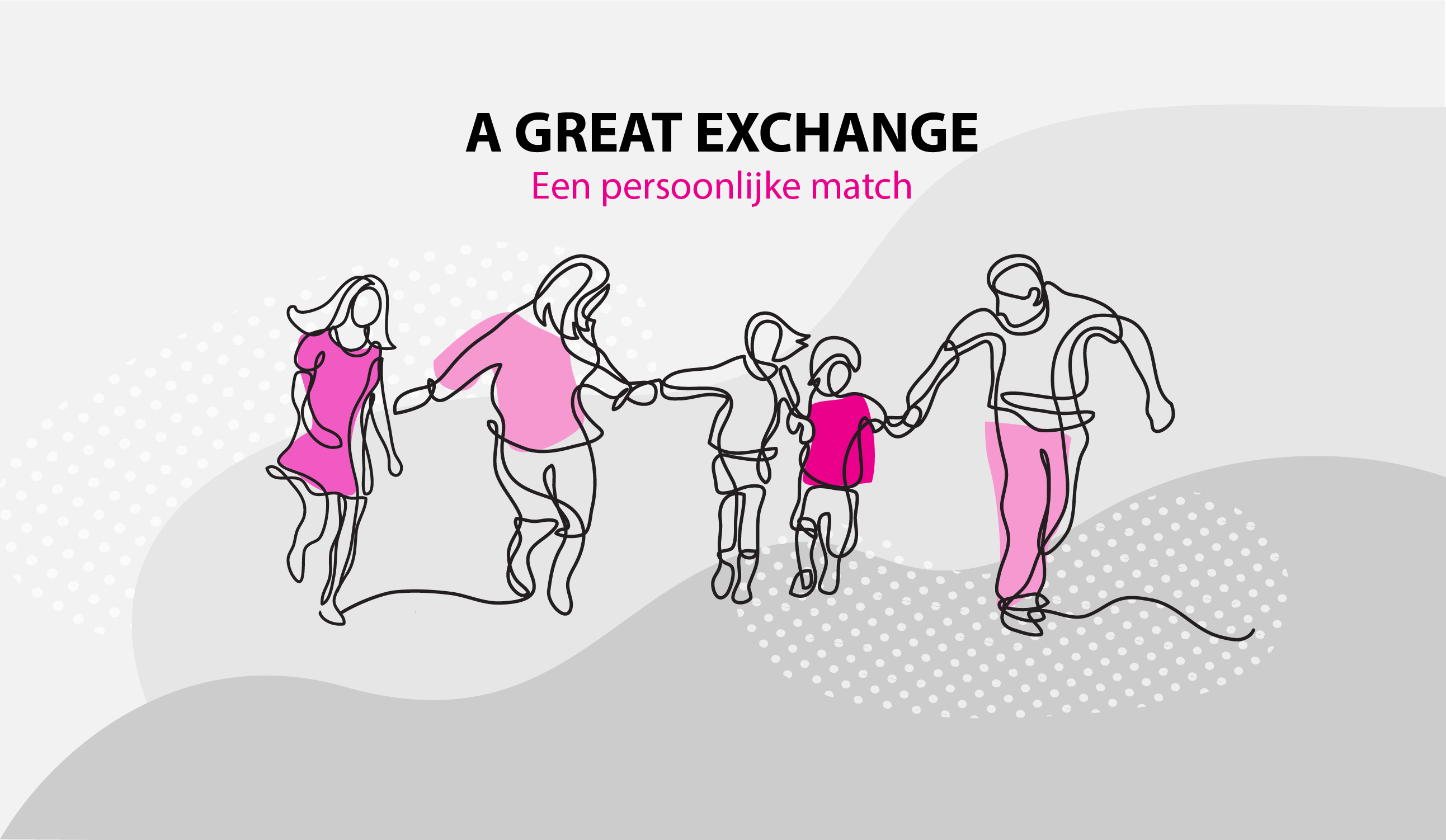28 Oct Continuous Integration and Continuous Delivery CI CD Fundamentals
Continuous deployment allows for a developer’s code update to go live within just minutes of writing as long as it has passed the automated testing from Continuous Integration and Delivery. Continuous integration means that developers frequently merge their code changes to a shared repository. It’s an automated process that allows multiple developers to contribute software components to the same project without integration conflicts. CI involves automated testing whenever a software change is integrated into the repository. CI/CD is the combined practices of continuous integration (CI) with continuous delivery or continuous deployment (CD). The purpose of CI/CD is to allow development teams to deliver code changes more frequently and reliably.

GitHub Actions workflows can run on Linux, Windows, and macOS environments and support a wide range of programming languages and frameworks. If you’re looking for a CI/CD solution that can help improve the quality of your software and speed up the delivery of new features, OpenText ALM is an excellent option. By testing early and often with CI/CD, you can find errors quickly and prevent them from entering the codebase.
How continuous integration improves collaboration and code quality
Automation is a critical principle in CD because it helps to increase the sustainability of the process. To validate each time a developer integrates new code, CI relies on an automated and reliable suite of tests. If you need to compile the code, the first test is that the code compiles. Investing in building a reliable, fast, and secure CI/CD pipeline gives you confidence in https://www.globalcloudteam.com/ your build quality, but bypassing that process for any reason can hurt your efforts. Requests to circumvent the release process often occur because changes are minor or urgent—you should not give in to these requests. Most successful CI implementations include the build process as the first step in the CI/CD cycle, making sure that software is packaged in a clean environment.
The “CI” in CI/CD always refers to continuous integration, which is an automation process for developers. Successful CI means new code changes to an app are regularly built, tested, and merged to a shared repository. It’s a solution to the problem of having too many branches of an app in development at once that might conflict with each other. I’d recommend that you continue learning with books like Continuous Delivery from Jez Humble.
Benefits of CI/CD
If that’s what you’re doing, these two teams will have different goals, and that won’t work. With CI, a developer practices integrating the code changes continuously with the rest of the team. The integration happens after a “git push,” usually to a master branch—more on this later. Then, in a dedicated server, an automated process builds the application and runs a set of tests to confirm that the newest code integrates with what’s currently in the master branch.

For example, it is useful to automate the code compilation process from scratch. It is a good idea to run automated smoke tests every time developers commit new code. The build phase involves pulling source code from a repository, establishing links to libraries, dependencies, and modules, and building these components into an executable (.exe) file. It typically requires tools that can generate execution logs, denote errors to correct and investigate, and notify developers once a build is completed. The CI/CD pipeline performs continuous integration, delivery, and deployment in four phases—source, build, test, and deploy. CI/CD stands for continuous integration / continuous delivery or deployment.
Support for Server products ends February 15, 2024
DevOps teams gain faster feedback and can integrate smaller changes frequently to reduce the risk of build-breaking changes. Making DevOps processes continuous and iterative speeds software development lifecycles so organizations can ship more features that customers love. In the build stage, multiple development teams contribute code developed on their own machines into a shared repository. Beyond version control, problems can arise including subtle differences in developer and production environments, tooling, and quality of code. The advantage of including the build process in your pipeline is that it automates developer contributions and provides tools to standardize software quality and environments. CI and CD are two acronyms frequently used in modern development practices and DevOps.

This step aims to ensure that the code changes are compatible with the rest of the codebase and do not break the build. Before the adoption of CI/CD in the software development industry, the common approach was a traditional, waterfall model of software development. These four steps are typically repeated during code changes, ensuring that new code functions appropriately and successfully integrates into the codebase without breaking an app.
What is a CI/CD pipeline?
Another critical factor is that for a deployment to be smoother, each environment different than production should be similar. Development, testing, and staging should be a production-like environment. Homogeneous environments might be hard to achieve in big organizations, but the idea is to use the same tooling, process, and configurations in all the environments. In CD, production is not a special environment; it’s just another stage in the pipeline. Often, teams struggle to ship software into the customer’s hands due to lack of consistency and excessive manual labor.
- Once the code passes testing, the deployment to production happens automatically — there is no human approval needed.
- Many of the development
processes were manual, as were handoffs from one part of the toolchain to the next. - Continuous Deployment is when the production-ready code in the shared repository is automatically deployed to production.
- The projects can be related, but are often logically independent and typically run by different teams.
- This can include tasks such as building, testing, packaging, and deploying code.
CI/CD emerged as a solution to these disadvantages, by introducing a more agile and collaborative approach to software development. CI/CD enables teams to work together, integrating their code changes frequently, and automating the testing and deployment process. For teams that may not need to release updates as frequently in their workflow — such as for those building healthcare applications — continuous delivery is typically the preferred option. It is slower but offers another layer of oversight to ensure functionality for the end-users.
More about DevOps
If there’s a conflict between updated and existing code, CI/CD makes it easier to source and mitigate that conflict before the software reaches the end-user. Another option is to use a serverless architecture to deploy and scale your applications. In a serverless environment, the cloud service provider manages the infrastructure, and the application consumes resources as needed based on its configuration. On AWS, for example, software continuous integration serverless applications run as Lambda functions and deployments can be integrated into a Jenkins CI/CD pipeline with a plugin. A more sophisticated continuous delivery pipeline might have additional steps such as synchronizing data, archiving information resources, or patching applications and libraries. Because the objective is to deliver quality code and applications, CI/CD also requires continuous testing.
Run these tools within your CI/CD pipeline and free up brainpower for creative problem-solving. Automated pipelines remove manual errors, provide standardized feedback loops to developers, and enable fast product iterations. Automation is essential, as frequent, repetitive processes can delay the CI/CD pipeline and can be highly prone to errors if completed manually.
Benefits of Continuous Integration
CI and CD stand for continuous integration and continuous delivery/continuous deployment. In very simple terms, CI is a modern software development practice in which incremental code changes are made frequently and reliably. Automated build-and-test steps triggered by CI ensure that code changes being merged into the repository are reliable. The code is then delivered quickly and seamlessly as a part of the CD process. In the software world, the CI/CD pipeline refers to the automation that enables incremental code changes from developers’ desktops to be delivered quickly and reliably to production.



